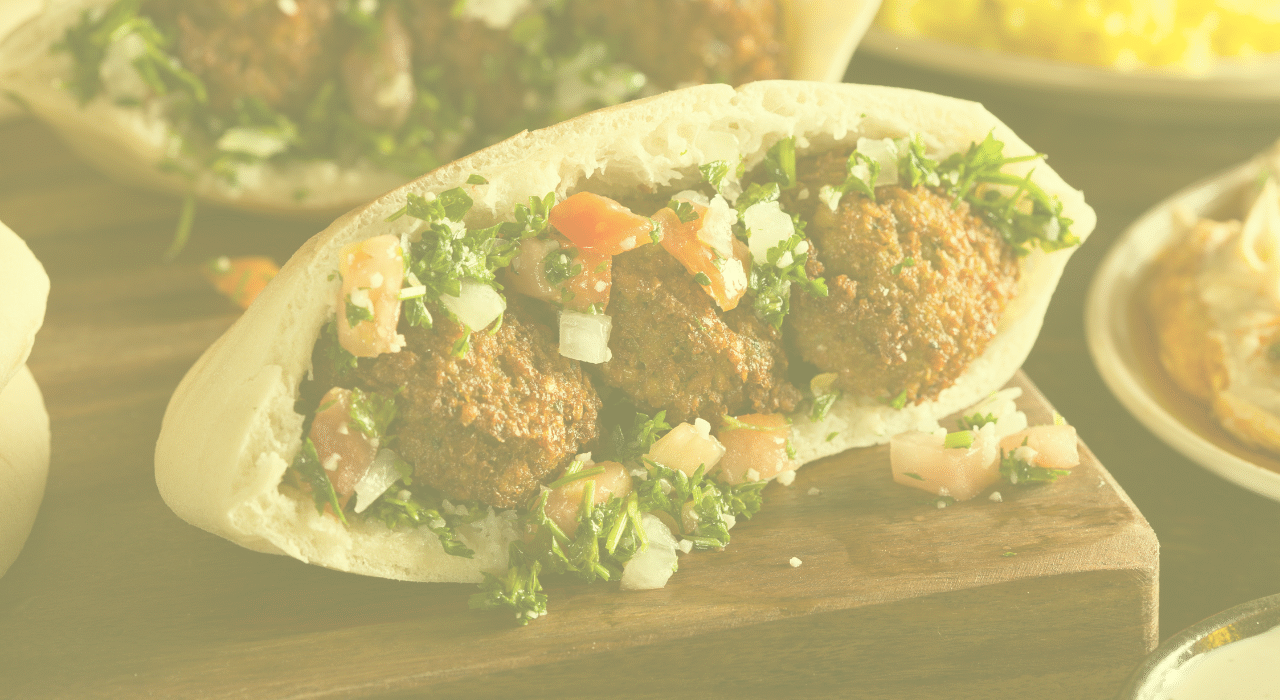The Enchanting Tradition of Pitha Making in Bangladesh: A Culinary Heritage Worth Preserving
Bangladesh is a land of vibrant traditions, where every corner of the country tells a story through its food, festivals, and folklore. Among its many cultural treasures, the art of pitha making stands out as a heartwarming tradition that brings families together, especially during the winter months. These homemade rice cakes are more than just food—they are a celebration of heritage, patience, and love. If you’ve ever been curious about Bangladesh’s local culture, understanding pitha is a delicious place to start.
The Soul of Bangladeshi Winters: What is Pitha?
Pitha refers to a variety of traditional cakes or dumplings made from rice flour, coconut, jaggery (or sugar), and sometimes lentils. Each region of Bangladesh has its own unique version, with flavors and techniques passed down through generations. From the sweet puli pitha (steamed rice dumplings filled with coconut and molasses) to the savory chitoi pitha (fermented rice pancakes), these delicacies are a testament to the country’s culinary creativity.
What makes pitha special isn’t just its taste—it’s the ritual of making it. In villages, families gather around clay ovens (chulhas) to prepare these treats together, sharing stories and laughter. The process is slow, deliberate, and deeply communal—a stark contrast to today’s fast-paced world.
Why Pitha Making is Fading—And How to Keep It Alive
Despite its cultural significance, pitha making is gradually disappearing from urban households. The reasons are familiar:
- Time Constraints: Making pitha is labor-intensive. Grinding rice, preparing fillings, and steaming or frying each piece requires hours of work—something many modern families can’t spare.
- Changing Lifestyles: With more people opting for store-bought snacks, homemade traditions are losing ground.
- Generational Gaps: Younger generations often lack the patience or knowledge to learn these skills, preferring convenience over tradition.
But losing pitha would mean losing a piece of Bangladesh’s soul. Here’s how we can preserve this beautiful tradition:
1. Bring Pitha into Modern Kitchens
You don’t need a clay oven to make pitha! Many recipes can be adapted for gas stoves or even electric cookers. Start with simple versions like bhapa pitha (steamed rice cakes) or nakshi pitha (decorative fried cakes), which require minimal equipment.
2. Make It a Social Event
Instead of viewing pitha making as a chore, turn it into a fun gathering. Invite friends or family over for a pitha-making weekend. Assign tasks—someone grinds the rice, someone prepares the fillings—and enjoy the process together.
3. Document and Share Recipes
Many family recipes exist only in memory. Record your grandmother’s special pitha techniques, take photos, and share them on blogs or social media. You’d be surprised how many people are eager to reconnect with these traditions.
4. Introduce Pitha to the Next Generation
Teach children the stories behind each pitha. Let them knead the dough or shape the cakes. When traditions are tied to joy and nostalgia, they’re more likely to endure.
A Simple Puli Pitha Recipe to Try at Home
To inspire you, here’s an easy recipe for puli pitha, one of the most beloved varieties:
Ingredients:
- 2 cups rice flour
- 1 cup grated coconut
- ½ cup molasses (or brown sugar)
- 1 tsp cardamom powder
- A pinch of salt
- Water (as needed)
Method:
- Mix rice flour with warm water to form a soft dough.
- In a separate bowl, combine coconut, molasses, and cardamom for the filling.
- Take small portions of dough, flatten them, and place a spoonful of filling in the center.
- Fold and seal the edges to form half-moon shapes.
- Steam for 10-12 minutes or lightly fry until golden.
Serve warm with a cup of tea—pure bliss!
Final Thoughts: A Tradition Worth Saving
Pitha making isn’t just about food; it’s about preserving a way of life that values patience, togetherness, and craftsmanship. In a world where traditions are fading, taking the time to learn and share these practices is a small but meaningful act of cultural preservation.
So, this winter, why not try making pitha? Whether you succeed or fail, the experience will connect you to a legacy that’s been warming Bangladeshi hearts for centuries. And who knows—you might just start a new family tradition of your own.



1 Comment-
Et sed vel montes convallis ornare nascetur mi metus curae Eu commodo curabitur natoque scelerisque conubia vehicula laoreet condimentum congue ut leo euismod pretium mauris